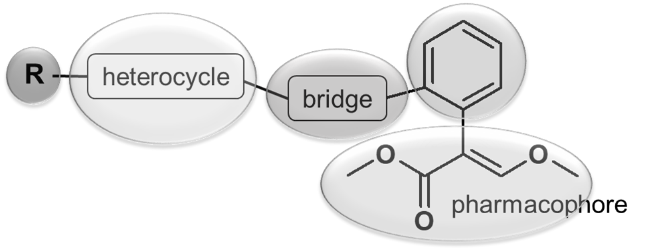Discovery and optimisation of novel compounds for malaria vector control
In excess of 30000 compounds, from over 150 chemical classes, have been screened at Syngenta against adult mosquitoes within a research and optimisation programme, undertaken as part of a Product Development Partnership sponsored by the IVCC (Innovative Vector Control Consortium).
In the initial screening effort, many classes with biological activity against mosquitoes were discovered.1,2) However, the class of synthetic analogues of the natural product strobilurin was selected for optimization as it represents a novel mode of action for control of the anopheline vectors of malaria, and displayed many of the characteristics required of vector control interventions.
The discovery, design, optimisation and associated structure activity relationships of strobilurin analogues will be described. As a result, promising lead candidates for further evaluation were identified.3,4)

[1] O.F. Hueter, M. Hoppé, P. Wege, P. Maienfisch, Chimia, 2016, 70 (10), 698-703.
[2] M. Hoppé, O.F. Hueter, A. Bywater, P. Wege and P. Maienfisch, Chimia, 2016, 70 (10), 721-729.
[3] Syngenta WO 2016/193267.
[4] Syngenta WO 2019/081575.